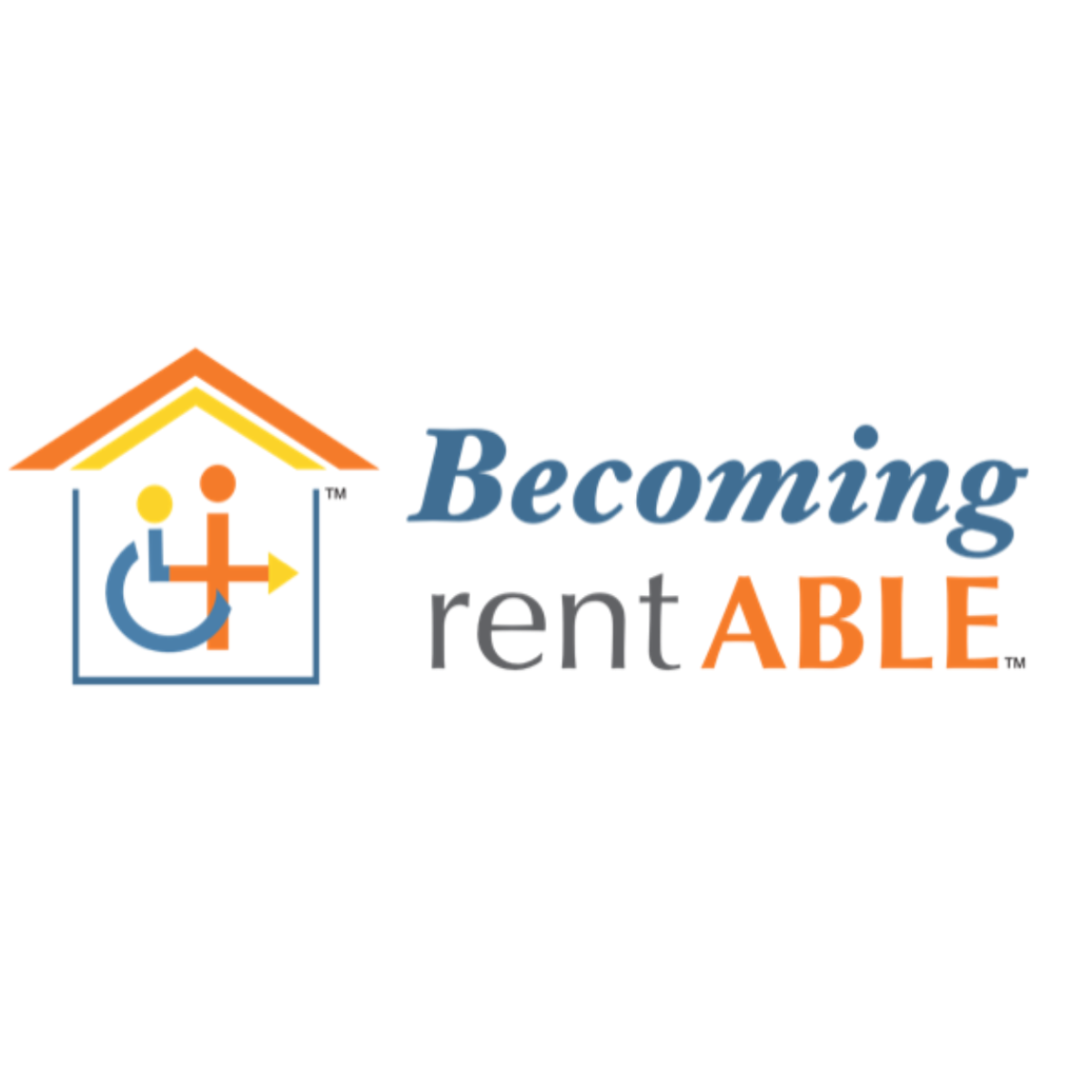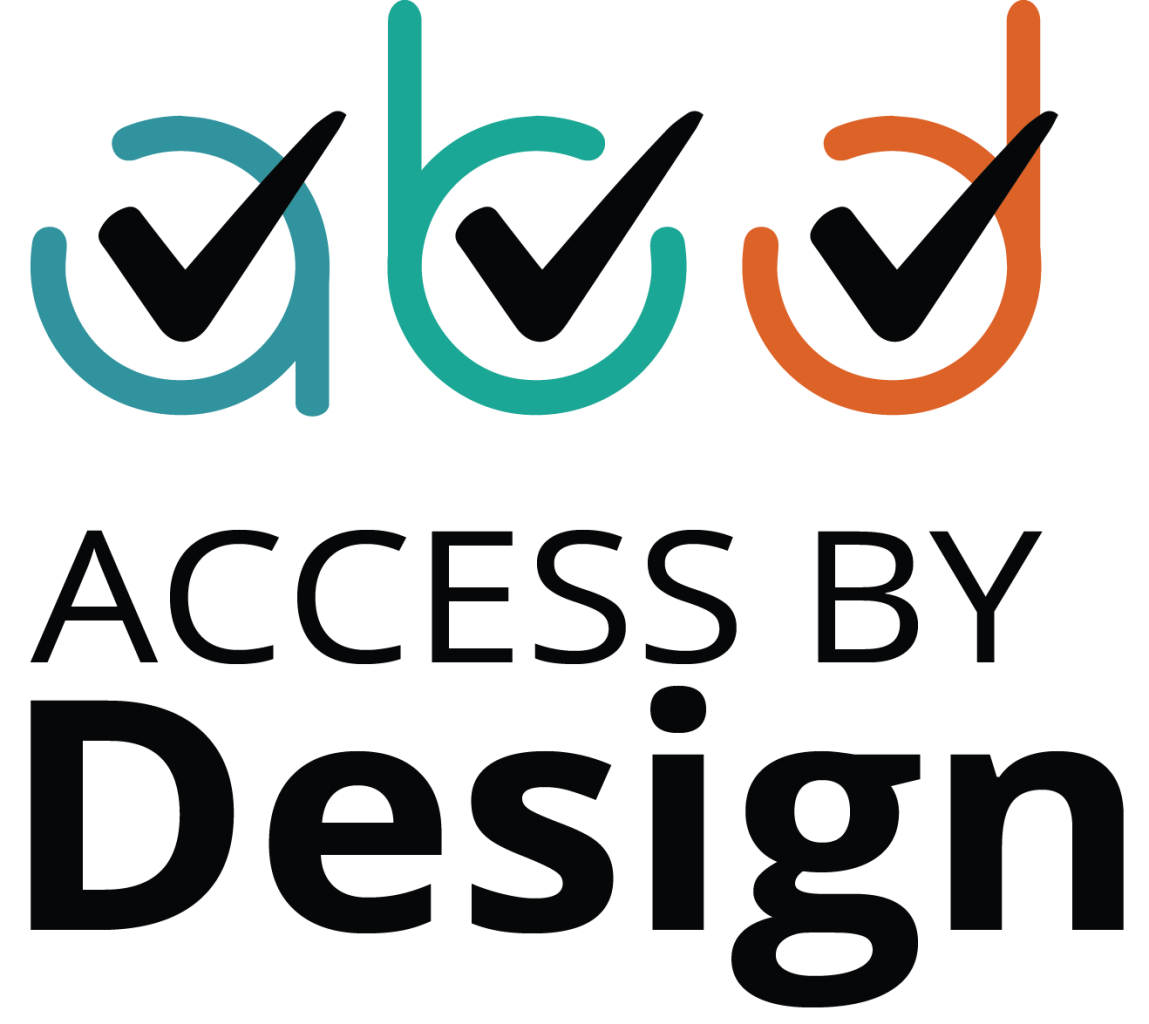8 Incredible Assistance Dogs Changing Lives (Plus 2 Rookies Stealing Hearts)

Imagine walking into your local bakery on a snowflake Sunday morning.
You hear the tinkling sound of the shop bell, the door swooshing open, and feel the fragrant crusty smell of freshly baked bread covering you like a warm blanket.
Heaven.
That’s when you notice the muddy dog with a harness sitting by the counter.
Hold on.
Dogs aren’t allowed in a bakery, are they?
It's true.
In most cases, dogs aren’t welcome in a bakery.
But, a service dog, or a service dog in training, has every legal right to accompany his person in any business they choose to visit.
You see, assistance dogs help disabled people juggle daily tasks in a triumphant way that tells the world; I got this.
For example, a hearing dog will alert a deaf person.
A mobility/disability assistance dog will pull a wheelchair; retrieve objects, open and close doors, even turn lights on and off.
A guide dog will guide a blind person into your local bakery so she can also buy that mouth-watering bread you want to gobble up.
So you see, assistance dogs are working animals, not your average pet. They're trained to provide support directly related to a person’s disability.
Want to dig into more detailed information on service animals?
Check out Assistance Dogs International, the Fair Housing Act, and the broader definition under the Air Carrier Access Act.
Oh, and State and local laws also define service animals more broadly than the ADA (Americans with Disabilities Act).
The 8 types of extraordinary assistance dogs
According to ShareAmerica, the U.S. Department of State’s platform for sharing compelling stories, there are a mind-blowing 500,000 service dogs in the United States.
And, according to the International Guide Dog Federation, there are 20,291 Guide Dog Teams (and that's only the registered number of organizations registered) in the European Union.
That means your business has a ready-made, unique opportunity to increase its customer list.
There are 8 types of assistance dogs recognized by the Americans with Disabilities Act (ADA) and the European Equality Act 2010.
Let’s dive in and find out more about them.
Shall we?
1. Guide Dogs
Guide dogs are one of the oldest kinds of working dogs. In fact, the first guide dog school was established in Oldenburg, Germany in 1916.
You'll recognise a guide dog by its special harness that includes a handlebar for their person to hold.
Some of the extraordinary abilities of a guide dog are helping their blind person to:
- Navigate crowds and crossings
- Guide around obstacles
- Locate stairs, doors, public transport, and seats
But their most unique trait is, “selective disobedience"—the precious skill a guide dog learns to make choices based on their own assessment of a situation, it's fascinating!
2. Mobility/Disability Assitance Dogs
Mobility or Disability assistance dogs support adults and children with chronic pain, arthritis, cerebral palsy, muscular dystrophy, and spinal cord injuries to carry out daily tasks.
These tasks include:
- Help with dressing
- Opening and closing doors
- Turning lights on and off
- Retrieving objects
- Helping with balance and stability
- Carrying items in a backpack
- Pulling a wheelchair
- Barking the alert command for “Help”
- Pushing accessible door buttons
Mobility assistance dogs wear a vest with pouches for carrying small things and a short soft handle for his person to hold on to.
3. Hearing Dogs
Hearing dogs help deaf and deaf-blind people stay connected to their environments.
They do this by making physical contact with their person and by leading them to the source of the sound or away from it.
Some of the important sounds alert sounds are:
- Doorbells
- Knocks on the door
- Fire alarms, alarm clocks
- Baby's cries
4. Autism Support Dogs
Peter Kaufmann, manager of VBM Guide Dog School for the Blind and trainer of Autism Support Dogs says:
Autistic people often find it difficult to communicate and too often live isolated in their own world.
Autism support dogs create an environment of trust which leads to a more self-determined life within their community.
Specific tasks of an autism support dog include:
- Navigating and managing social settings
- Supporting and navigating doctor visits, shopping, traveling
- Managing autistic children when they wander
- Providing companionship to autistic people who have a hard time connecting with other humans.
Autism support dogs also have a harness with a soft handle including a belt that can be attached to children, (in this case, the dog's leash is always controlled by the parent).
5. Seizure-alert/Medical Assistance Dogs
Seizure-alert dogs or Medical assistance dogs are trained to recognise subtle signs of oncoming seizures.
They alert for help and position themselves in a way that protects the person during the seizure.
Their tasks include:
- placing their body between their person and the floor to break a fall
- lying next to the person having the seizure preventing injury
- providing support and comfort during a seizure
- alerting a designated person of an oncoming seizure by activating a device
6. Diabetic/Hypo Alert Dogs
Diabetic alert dogs are trained to alert diabetic adults and children when their blood sugar levels have spiked too high or dropped too low to avoid reaching dangerous levels.
They do this by:
- alerting (nudging, poking) Pressing a button to call 911 or a relative
- retrieving diabetes test kits or medications
- providing support while walking and/or helping their person stand after sitting or after a fall
- carrying objects
- opening/closing doors, cabinets, or drawers
- diabetic/hypo-alert dogs have a unique vest with pouches for carrying a medical kit.
7. Allergy Detection Dogs
Allergy detection dogs are trained to smell allergy triggers like peanuts or gluten in their person’s home but also in public places, such as shops, schools, and trains.
They indicate to their person the source of the trigger and often are trained to respond in case of an anaphylactic shock.
8. PTSD (Post Traumatic Stress Syndrome) Assistance Dogs
PTSD assistance dogs are trained to support people suffering from post-traumatic stress syndrome including people in the armed forces, emergency services, or traumatic life events. They do this by:
- distracting from a negative event
- creating space in crowded environments
- waking from nightmares, flashbacks
- leading to building exits
- finding a family member
- nudging
- pawing
- leaning
Non-certified Therapy and Emotional Support Dogs
At the moment any dog offering therapy and emotional support doesn't require any 'formal training' and they don't qualify as service animals under the ADA (Americans With Disabilities Act).
They also don’t qualify in the UK.
Which types of dogs am I talking about?
9. Therapy Dogs/Social Support Dogs
Therapy dogs are trained alongside their owners to provide affection and comfort to people in different environments such as:
- Schools
- Retirement homes
- Hospitals
- Psychiatric hospitals
At the Foundation Swiss School Guide Dogs For The Blind, owners and their pet dogs initially have to pass an entrance exam (Good Citizen DogTest ).
Then, the team completes six and a half training days, followed by a theory day that includes a written test.
Once the team has completed its training, it must pass a final test to assess the social dog's basic obedience, required reaction, and behaviour under difficult conditions including a veterinary examination.
However, therapy dogs aren't covered under the American Disability Act (ADA) or access laws in the UK and don't have the same public access rights as an assistance dog and its handler.
10. Emotional Support Dog
Emotional support dogs are companion dogs that offer emotional support to people with mental health conditions or emotional disorders. Like therapy dogs, they're not covered under the American Disability Act (ADA) or access laws in the UK.
But, Emotional Support Animals UK does offer a registration service for an annual fee.
They also have a petition that aims to bring attention to the government raising awareness of the benefits of emotional support animals and passing a law that will protect people who rely on emotional support animals for their well-being.
The truth about assistance dogs
There's surprise and delight in watching an assistance dog work.
A boundless sense of connection with their human. Then, the world opens up.
But there's more than that.
The job of an assistance dog isn't to simply support their person.
It isn't about guiding, alerting, or picking up your socks.
It's the vital lifeline between a disabled person and the often inaccessible world we live in.
And, as a guide dog trainer, it still feels like magic to me.










